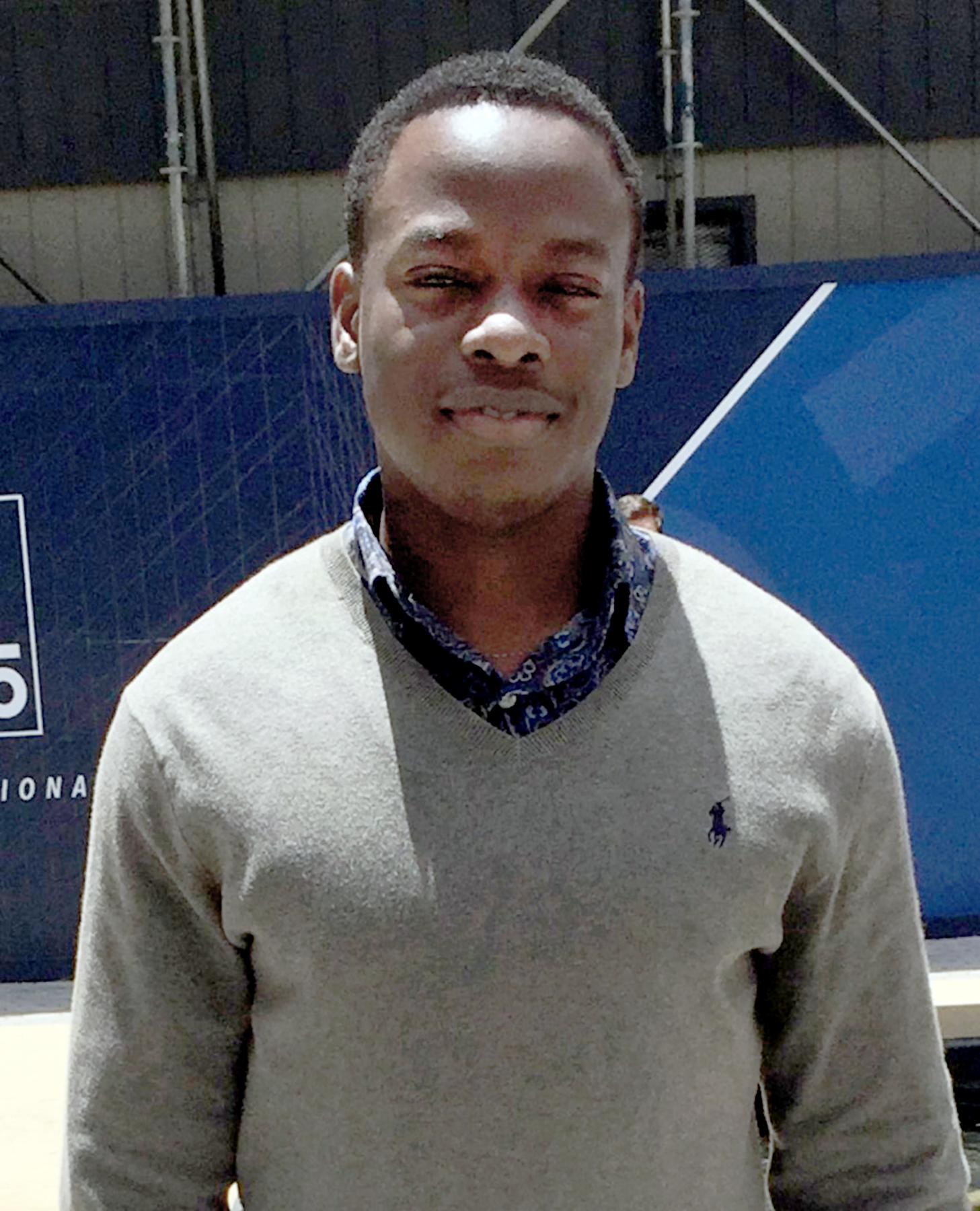SU engineering student part of Caltech summer research program at LIGO

Southern University Baton Rouge (SUBR) student Ogbonnaya Udochu, a recent Laser Interferometer Gravitational Wave Observatory (LIGO)/SUBR docent, is conducting summer research as part of Caltech's Summer Undergraduate Research Fellowship/Research Experience for Undergraduates (SURF/REU) program at LIGO in Livingston (LLO).
Udochu says he is involved in the optimization of the vacuum system used at LLO.
"There have been a total of two confirmed detections of gravitational waves in space. It should be noted that the detectors were not at optimum sensitivity when these findings were made. Thus, for better and more results, more sensitive detectors are being developed," Udochu explained.
The Summer Undergraduate Research Fellowships program is one of the "crown jewels" of Caltech. Since 1979, SURF students have had the opportunity to conduct research under the guidance of experienced mentors working at the frontiers of their fields. Students experience the process of research as a creative intellectual activity from beginning to end.
Udochu, a senior mechanical engineering major, credits his LICO docent experience with helping to prepare him for the Caltech summer undergraduate research opportunity.
"Being a SUBR/LIGO docent exposed me to the basic knowledge of what LIGO stands for and what they are engaged in. I had an appreciation of LIGO and the activities that go on even more and would always ask how I could get involved with it other than being a docent," he said.
Alan Weinstein, the Caltech professor who organizes LIGO's participation in SURF/REU, nominated Udochu, and he was selected, for a Carl A. Rouse Undergraduate Research Fellowship with the National Society of Black Physicists (NSBP).
"Fellowships like the Carl A. Rouse fellowship or fellowships geared towards black Americans should be encouraged and developed as they not only create opportunities for blacks but also, builds us up and encourages us to be the best at what we set out to do," said Udochu.
The National Society of Black Physicists (NSBP) sponsors the Carl A. Rouse Undergraduate Research Fellowship for research with LIGO Laboratory. The Rouse family, in honor of the late Dr. Carl Albert Rouse, established the fellowship. Rouse was the first African American to have a Ph.D. form CalTech and to enter into a successful astrophysics research profession. The Rouse fellowship is awarded each year up to two undergraduate students who have demonstrated both a commitment to pursuing science as an academic major and a strong interest in astrophysics. A committee consisting of NSBP and Caltech astrophysicists and astronomers selects students.
Southern University has been an active member in LIGO in the area of optical materials research since 1999. The University's work focuses on minimizing noise in LIGO test mass mirrors in order to help maximize the sensitivity of the LIGO interferometers. These investigations have involved detailed experimental and computational studies of atomic composition and chemical structure of the mirror coatings by SU faculty members and students from the physics, chemistry, mathematics, and computer science departments.
Southern University is a founding partner in the LIGO Science Education Center (SEC) that engages faculty and students from across the campus as well as the community in science education through in-service and pre-service programs that primarily impact K-16 teacher preparation. SUBR vice provost for academic affairs Luria Young is principal investigator for the SU LIGO SEC Partnership. Many SU students have worked as SEC docents including alumnus William Parker.
Parker was at the helm in the control room at the LIGO Livingston Observatory when the first gravitational waves were detected on September 14, 2015.
